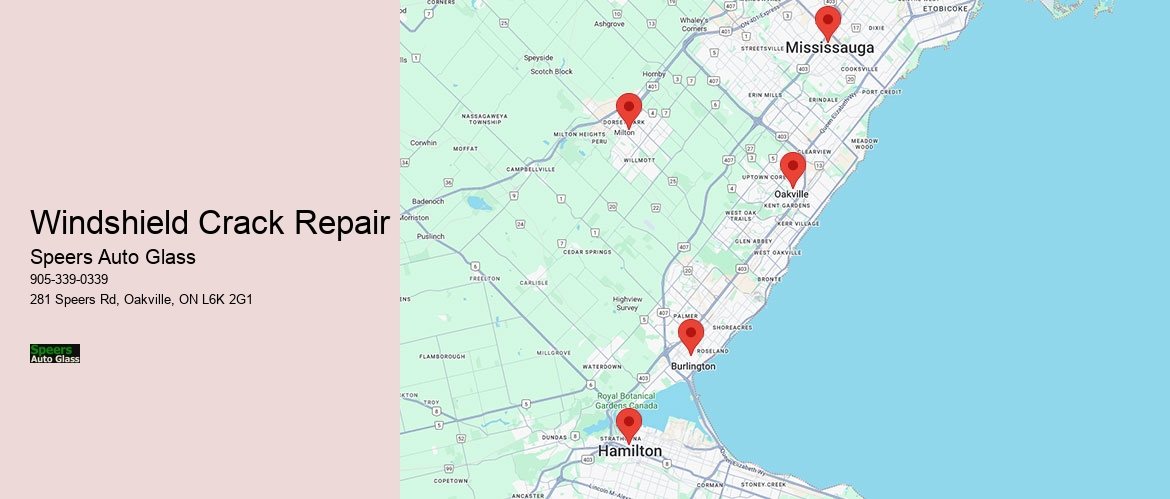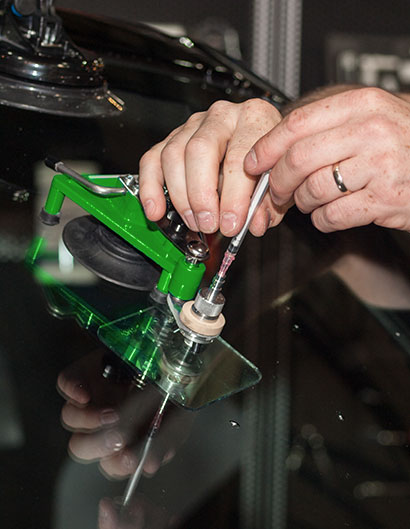

| Auto Glass & Vehicle-Specific Services | |
|---|---|
| Car windshield repair | Get your car’s windshield restored to factory standards. |
| Auto glass windshield repair | Comprehensive auto glass repair for all vehicle types. |
| Vehicle windshield repair | Reliable repair services for cars, SUVs, and trucks. |
| Commercial windshield repair services near me | Fleet and business vehicle windshield repair providers nearby. |
| Jeep windshield fix | Specialized windshield repairs for Jeep models. |
Located in the dynamic center of Oakville, Speers Auto Glass is known for delivering fast, friendly, and trustworthy windshield repair. As a locally established business, they’re intimately familiar with the challenges Oakville drivers face—from rock chips along the QEW to cracks triggered by sudden weather shifts near the lake. Their local knowledge allows them to provide targeted, effective repairs suited to the area’s unique conditions.
At Speers Auto Glass, the focus is always on safety and precision. Using high-quality resins and the latest tools, their technicians fix small cracks and chips before they become big problems. The repairs are quick—often taking less than an hour—but never rushed, and every job is done with the highest level of care and expertise across all vehicle types.
Oakville residents appreciate the personalized care that Speers delivers. You’re not just another customer—you’re a part of the community. Whether you stop by the shop or arrange for mobile service, the team is ready to guide you through your repair options, assist with insurance claims, and provide service where and when you need it.
With a strong dedication to customer satisfaction and a deep connection to the Oakville community, Speers Auto Glass remains the go-to choice for windshield repair. Don’t let that chip become a crack—trust the professionals at Speers for honest, high-quality service that keeps you safely on the road.
Windshields are designed to provide structural strength to a vehicle and support the performance of safety systems like airbags. They are crafted from laminated glass, which consists of two glass layers sandwiched around a plastic interlayer. However, despite their tough construction, windshields can be compromised by cracks. These flaws not only obstruct the driver's vision but also compromise the integrity of the windshield. Understanding how these cracks respond to temperature fluctuations is crucial for maintaining vehicle safety and performance.
Glass expands when heated and contracts when cooled, a physical principle that applies to windshields just as it does to other types of glass. When temperatures rise, a windshield will expand; in cooler conditions, it will contract. This constant cycle puts stress on any existing cracks or chips in the windshield. Over time, as the glass repeatedly expands and contracts, these imperfections can grow larger due to the mechanical forces at play.
The effects of thermal stress on a windshield's cracks can be particularly pronounced during extreme weather changes or when there is a rapid shift in temperature—like using hot water to de-ice a frozen windshield or blasting cold air conditioning on a hot day. These sudden temperature shifts can cause quick expansions or contractions in the glass that outpace its ability to adapt smoothly, potentially leading to immediate crack propagation.
To mitigate the risk associated with temperature-induced damage, it is essential for vehicle owners to regularly inspect their windshields for any signs of damage and address small cracks before they become more significant issues. Parking vehicles in shaded areas during hot weather or gradually warming up the cabin during winter can reduce exposure to harsh temperature changes. In addition, professional repairs or replacements should be pursued promptly if significant damage occurs to maintain visibility and preserve structural integrity.
Windshield cracks can occur from a variety of causes, including impact from rocks or debris, extreme temperature changes, or stress from improper installation. These cracks not only compromise the structural integrity of the windshield but can also reduce visibility and ultimately jeopardize the safety of vehicle occupants. It is essential to address these cracks promptly to prevent them from spreading.
Before proceeding with any repair technique, it's important to assess the type and size of the crack. Not all windshield cracks are suitable for resin injection repair. Typically, this method is most effective for chips smaller than a quarter and cracks up to three inches long. If a crack extends beyond this size or if it penetrates both layers of glass, a full windshield replacement may be needed.
The resin injection process begins with cleaning out any debris lodged in the crack using a special tool or brush. A stabilizer is then applied over the damaged area to create a tight seal. Through this stabilizer, repair technicians inject an optically matched acrylic resin into the crack under pressure. This resin fills up the space within and bonds with the glass.
Once injected, it's crucial that the resin cures properly to restore strength and clarity to the windshield. Ultraviolet light is commonly used to harden the resin quickly and effectively. The curing time can vary depending on factors such as resin type and UV intensity but generally takes just a few minutes.
After curing, excess resin is removed from the windshield surface to ensure smoothness; sometimes additional polishing may be required for optimal clarity. The aim is for not only structural soundness but also visual perfection so that there’s minimal indication that there was ever damage.
Post-repair maintenance includes recommendations such as avoiding car washes or heavy vibration for a set period after repair—usually 24 hours—to allow complete setting of repairs without interference. Regular inspection by professionals can help detect if there’s any issue post-repair needing attention.

Rain won't directly break it, but temperature shifts and moisture can cause the crack to grow.
They can be effective for small chips and cracks if used correctly, though results may vary.
Yes, UV-curable resins and special glass adhesives can be used for small repairs.
Yes, clear tape can help prevent dirt from entering the crack before repair.
Yes, if the damage is small and treated early, a repair can save the windshield.